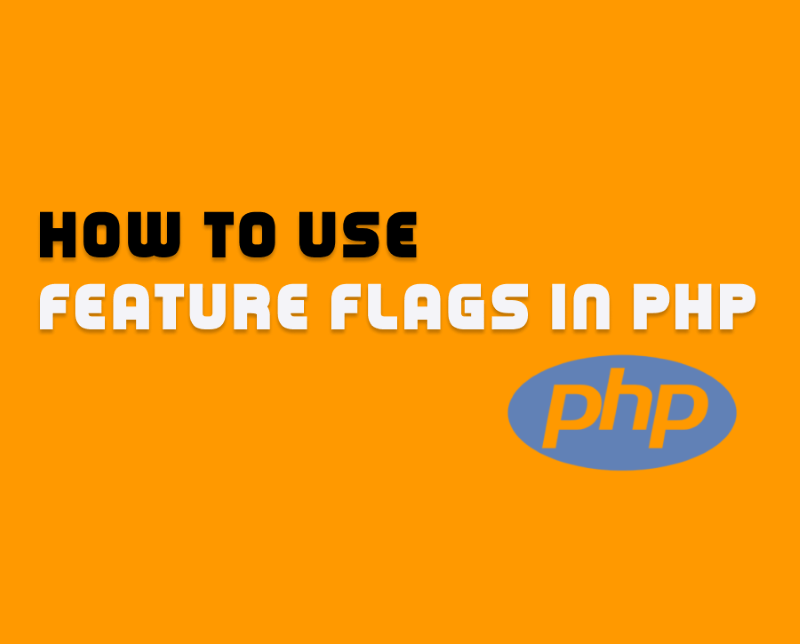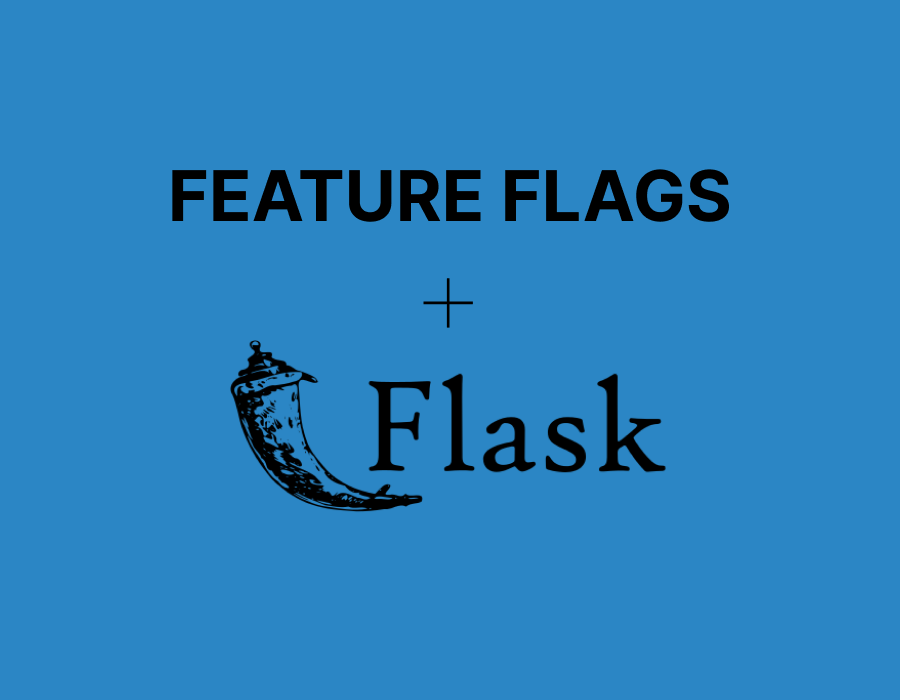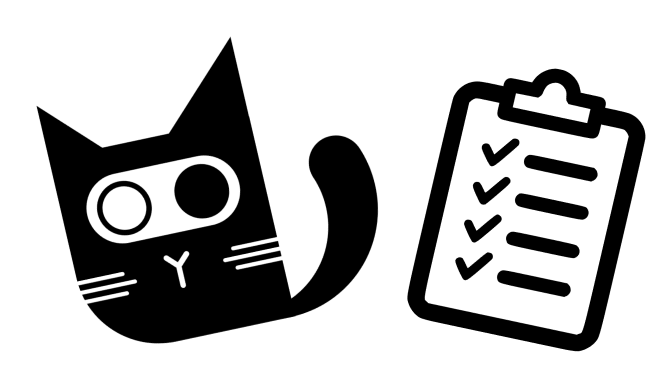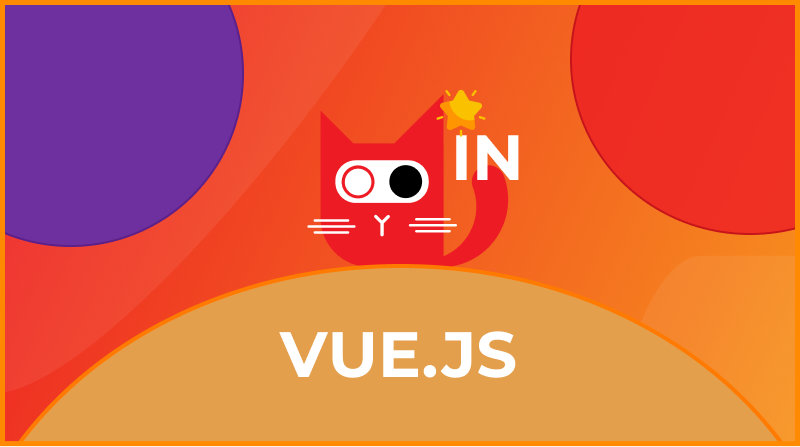Announcing and showcasing ConfigCat's React SDK
Our customers are at the heart of everything we do at ConfigCat. We take pride in knowing customer satisfaction is our top priority because we know that many of our competitors do not place the same value on customer experience as we do.
You asked. We listened!
We're excited to announce that ConfigCat now has an official React SDK.🥳🎉 The React SDK has been a highly requested feature by our customers, and we're proud to knock it off our checklist. The React SDK provides customers with a more modern, first-class React integration support when integrating ConfigCat with their React applications. We hope our customers share our enthusiasm for it.











